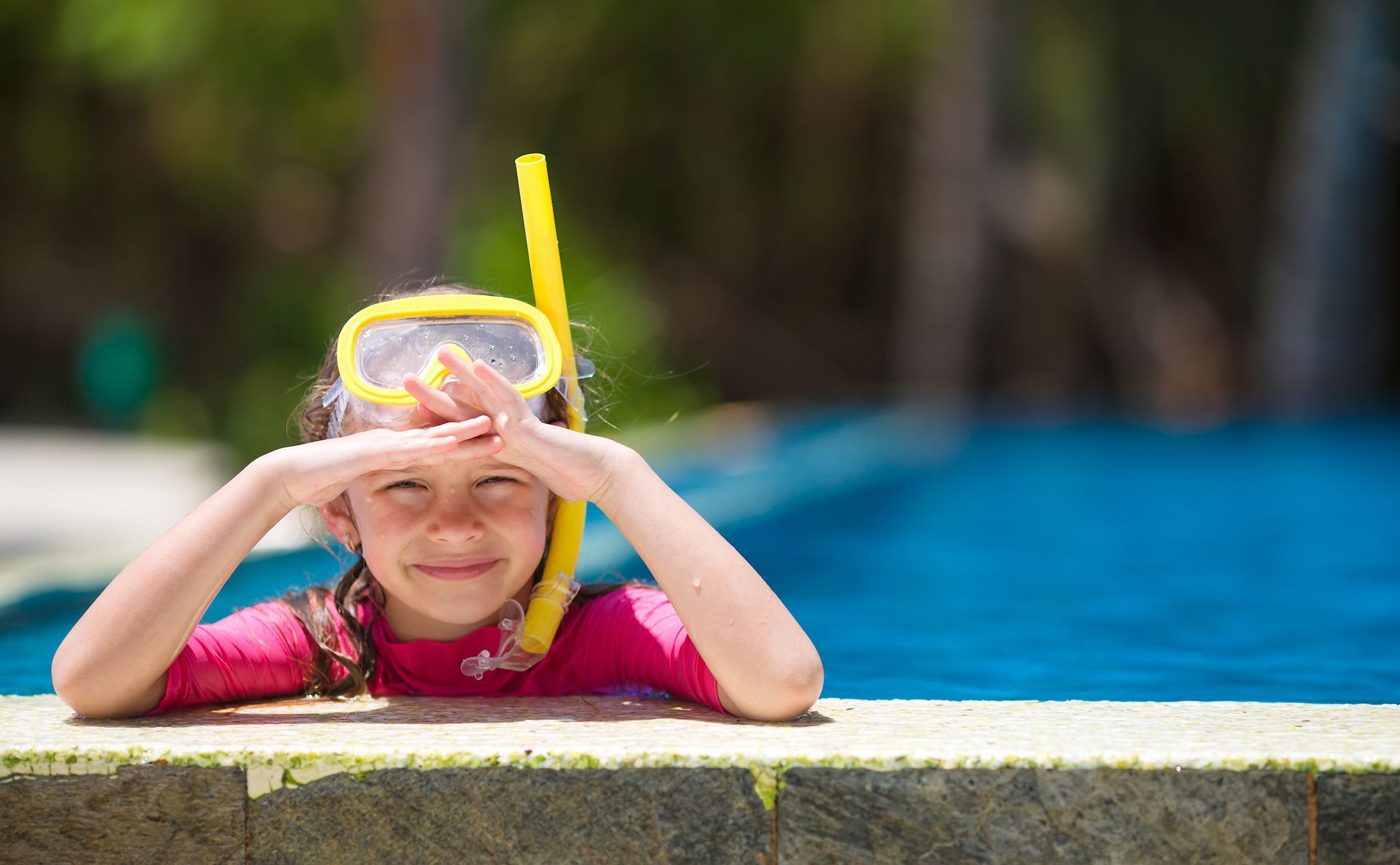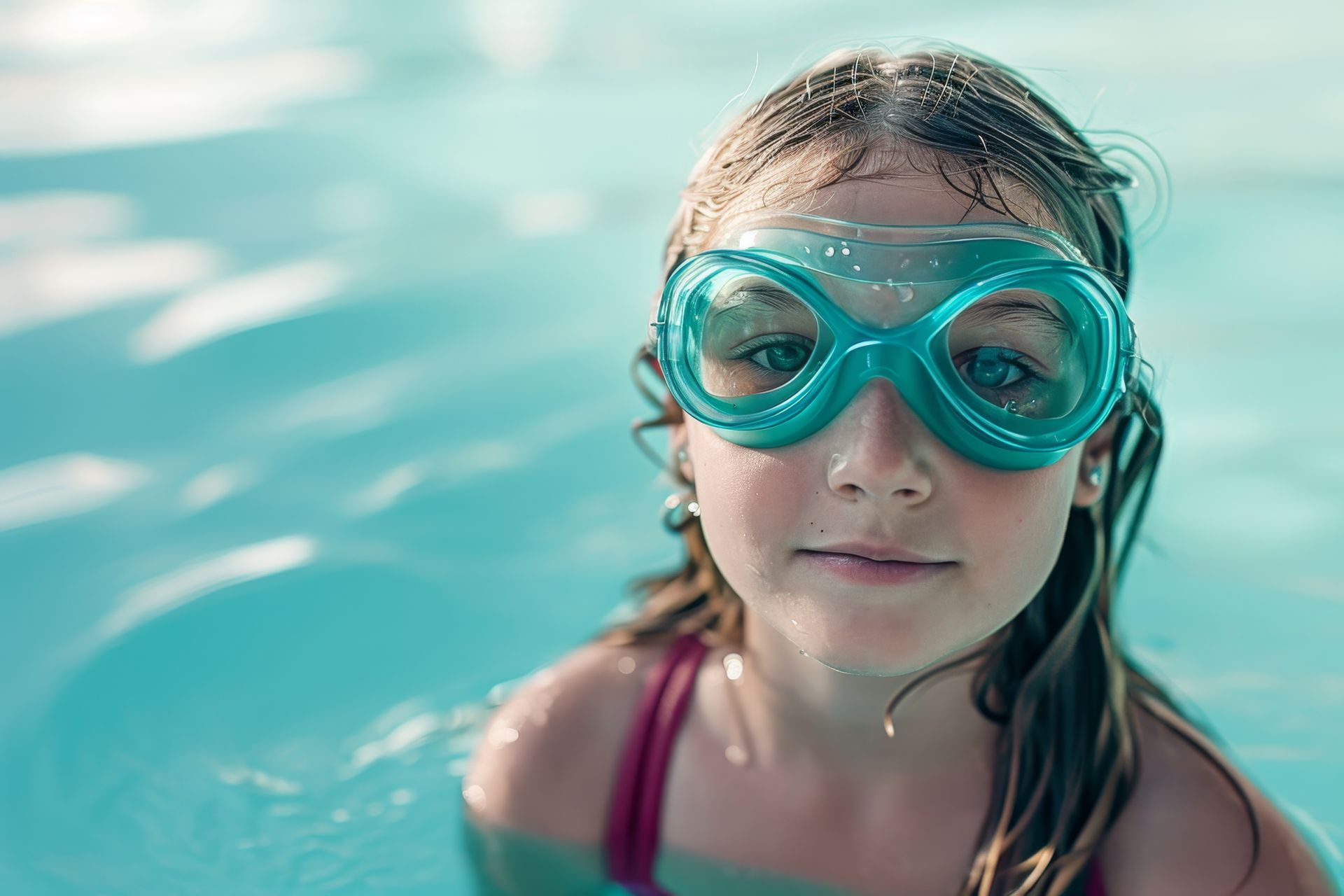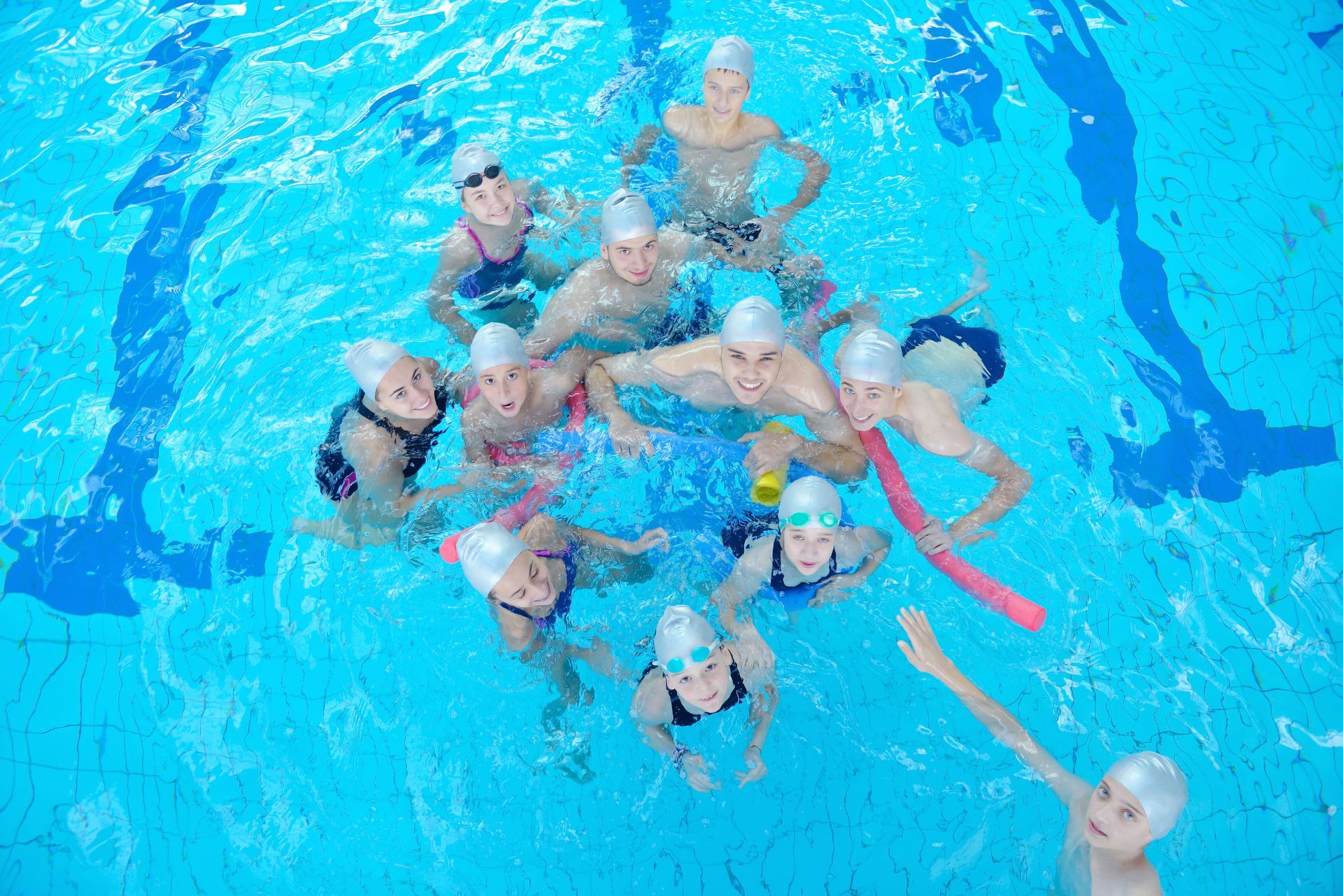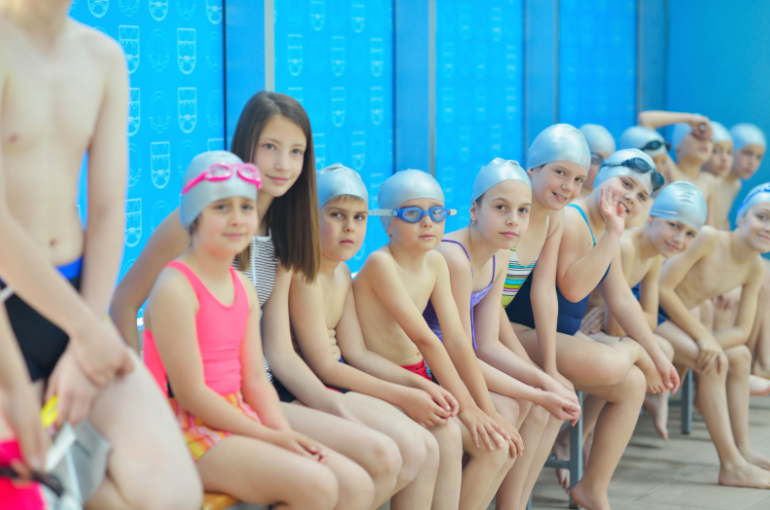The Ripple Effect: How Swimming Lessons Enhance Community Well-Being
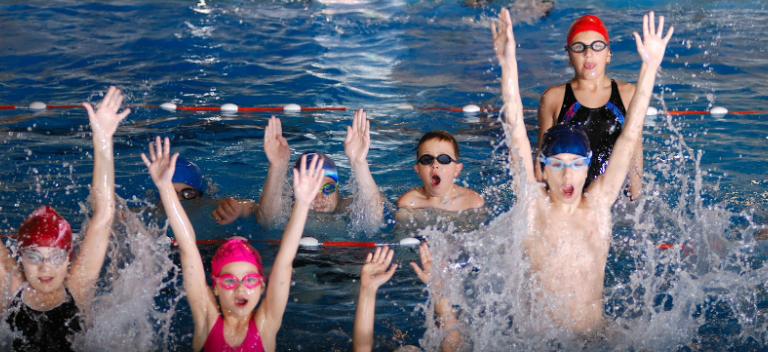
Swimming is more than just a recreational activity; it is a vital skill that promotes safety, health, and social cohesion within communities. Historically, swimming was essential for survival in ancient civilizations, especially those near water bodies. Today, swimming lessons are crucial components of community programs aimed at reducing drowning incidents and enhancing public safety.
Importance of Swimming Education
According to the Centers for Disease Control and Prevention (CDC), drowning remains a leading cause of unintentional injury death worldwide. By investing in swimming education, communities can significantly decrease these numbers, underscoring the importance of swimming lessons as a public safety measure. Organizations like the American Red Cross advocate for swimming education as a vital community resource that not only saves lives but also enriches community well-being.
Swimming lessons offer a multitude of health benefits, making them an excellent activity for individuals of all ages. Physically, swimming improves cardiovascular fitness, muscle strength, and flexibility. It is a full-body workout that can be tailored to various fitness levels. Mentally, swimming is known to reduce stress and enhance mood, contributing to overall community well-being. The inclusivity of swimming is another key advantage, as it can be enjoyed by infants, adults, and seniors alike, promoting lifelong health. Community programs often integrate swimming into public health initiatives, providing accessible opportunities for residents to reap these benefits. The Mayo Clinic outlines numerous health benefits associated with swimming, supporting its role as a beneficial activity for all ages.
Community-led Swimming Initiatives
Swimming lessons and community pools are more than just facilities for physical activity; they are vital community hubs that promote social interaction and cohesion. These spaces allow people to connect, fostering a sense of community spirit. Swimming events and competitions can unite diverse groups, promoting inclusivity and community pride. Community-led swimming initiatives have the potential to address social issues, such as engaging youth and reducing crime. Cities like New York and Houston have successfully implemented community swimming programs that contribute to social well-being, with local governments and organizations playing a supportive role in these efforts.
Swimming programs can also have positive economic impacts on local communities. They create jobs for instructors, lifeguards, and facility managers, while also attracting visitors to community pools and events. Investing in swimming infrastructure can be cost-effective, potentially saving on healthcare costs by reducing drowning incidents. The presence of accessible aquatic facilities can increase property values in surrounding neighborhoods. Public-private partnerships are often crucial in funding and maintaining these programs, ensuring their sustainability and economic viability.
Leadership and Lifeguarding Training
Beyond the physical act of swimming, lessons impart valuable life skills such as discipline, goal-setting, and teamwork. These skills are transferable to other areas of life, offering significant personal development opportunities. Swimming programs can also provide leadership and lifeguard training, opening career pathways for young individuals. Stories abound of people who have benefited from swimming education, highlighting personal growth and empowerment. Schools and community centers can play a pivotal role in integrating swimming programs into broader educational curricula.
Technology and innovation are transforming swimming education, making it more accessible and engaging. Virtual reality and online platforms are being utilized to enhance learning experiences, offering new ways to teach swimming skills. Innovative teaching methods can make lessons more appealing, particularly to younger audiences. Tech-driven initiatives have already shown improvements in learning outcomes, although challenges remain in integrating these technologies into traditional programs. As technology continues to evolve, its role in swimming education is likely to expand, offering exciting possibilities for the future.
Cultural and geographic factors significantly influence swimming education. Cultural attitudes towards swimming can impact participation rates and the success of programs. Geographic considerations, such as climate and proximity to water bodies, also affect the demand for swimming lessons. To be effective, programs must be culturally sensitive, respecting local traditions and encouraging diverse participation. New York City and Houston, for example, have adapted their swimming programs to meet the unique needs of their communities, taking into account local cultural and geographic factors.
The Role of Swimming in Mental Health and Wellness
Swimming is not only beneficial for physical health but also plays a significant role in mental health and wellness. Engaging in swimming can lead to a reduction in symptoms of anxiety and depression, providing a therapeutic escape from the stresses of daily life. The rhythmic nature of swimming can be meditative, helping individuals to focus on their breathing and movements, which can lead to a state of mindfulness. Swimming in natural water bodies, such as lakes or oceans, can enhance mental health benefits, as the connection with nature is known to improve mood and reduce stress levels. Community swimming programs that emphasize mental wellness can offer workshops and sessions that focus on the holistic benefits of swimming, thereby enhancing community well-being.
Looking to the future, swimming education and community programs are poised to evolve alongside trends in health, technology, and urban planning. Expanded partnerships between schools, governments, and private organizations could enhance access to swimming lessons. Advocacy and policy play crucial roles in promoting universal swimming education as a public safety measure. Climate change presents challenges to swimming facilities, highlighting the need for sustainable practices in program development. Continuous community engagement and feedback will be essential in shaping effective swimming programs that meet the needs of diverse populations.
Swimming lessons are a powerful tool for enhancing community well-being. They provide essential life-saving skills, promote physical and mental health, and foster social cohesion. By investing in swimming education, communities can create safer, healthier, and more connected environments. As we look to the future, embracing innovative approaches and partnerships will be key to ensuring that swimming education continues to thrive and evolve, meeting the diverse needs of communities worldwide.
Contact us at SwimJim to learn more about how swimming lessons can benefit your community and how you can get involved in supporting these essential programs.
